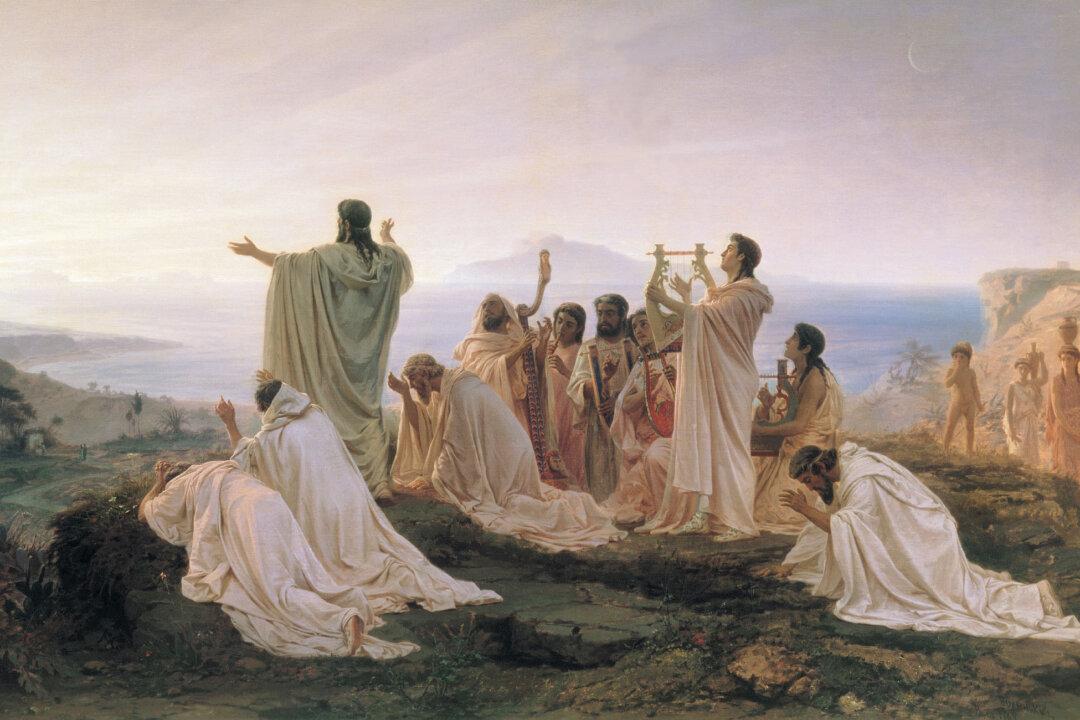When I lived in New York, there were nights when I would go to my building’s roof to look out into the heavens. In the city, the tall buildings and their lights would obscure the night sky and dim the brilliance of its stars.
Amid the city’s hustle and bustle, it often felt like we were missing a connection to what was more profound and more essential. It was like we had explained away the universe’s vastness and mysteriousness.





